As tempting as it is to disconnect when we travel, it’s impossible to do if work is involved and difficut to do when traveling for pleasure. If you want to navigate using Google Maps, understand the language with Google Translate or take a photo with your smart phone, you’ll need to power one or more devices. Here are five devices and apps related to plugs and power for travel.
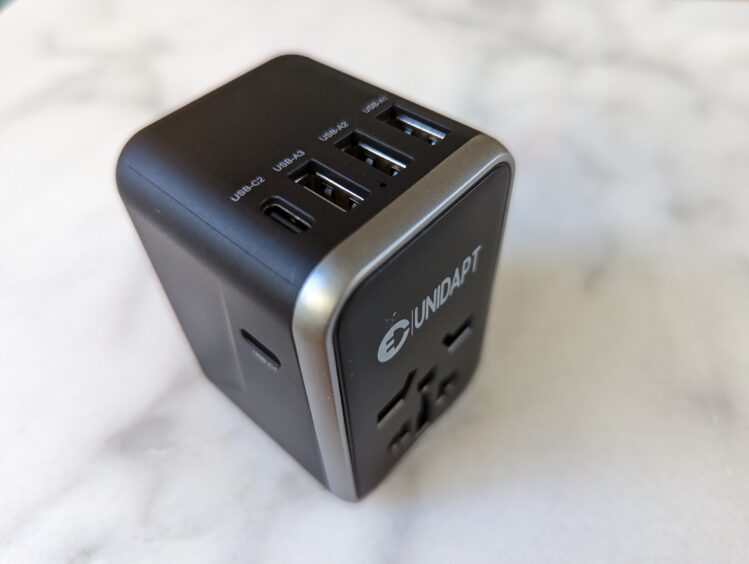
A multi-pronged plug adapter is essential when traveling between countries and regions. There are many plug adaptors to choose from, but the Unidapt 61 W Universal Travel Adapter has three USB-A ports, two USB-C ports on the sides and UK/EU/AU/US plugs that pop out of the back.
Power Delivery (PD) is a specification that allows for fast charging between devices. GAN technology uses gallium nitride instead of silicone, so devices can be smaller and cooler while charging. Getting the Unidapt 61 W PD-GAN plug has allowed me to ditch my bulky computer cord and charge my Microsoft Surface Pro with a USB C-USB C cord and my PD cube.
I use the Unidapt 61 when I’m traveling overseas. When I’m traveling in North America, I use a PD-GAN Charger with three ports (two USB C and one USB A) with a Type A plug. I pair the Unidapt or PD-GAN plug with an Ainope fast charging cable (USB C on one end and USB C or A on the other).
SEE RELATED ARTICLE:
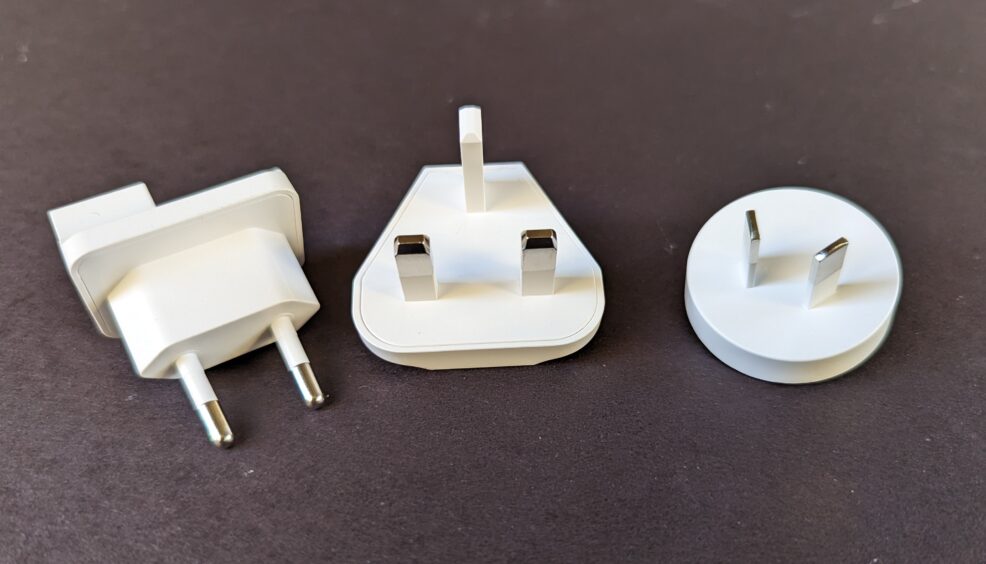
Use the Power Plugs and Sockets of the World website to identify which outlets are used in the countries you’re visiting. It’s the fastest way to determine what type of plug you’ll need and they provide images of plugs for each country. Plugs are identified by letters from Type A to Type N. Type A (two flat prongs) and B (two flat and one round prong) are used in the US and Canada. The rest of the world uses a variety of flat and round prongs in different configurations.

Different countries use different standards for electricity. The US and Canada use 110 volts while Europe and other countries use 220 volts. Most electronics, including phones, tablets and computers, only require a plug adaptor rather than a voltage convertor (step-up or step-down convertors) as they can accommodate 110 or 220 volts. Read the tiny print on the device to see what voltage they can accommodate. If it says “input 100-240v” or similar wording, then you only need an adapter. However, other devices, such as hair dryers, curling irons and other devices that generate heat, may require a voltage converter if they are not dual voltage and even then, there’s no guarantee they will work properly. You might be better off purchasing heat generating devices in the country you’re visiting. The Tryace voltage converter is an example of a voltage converter.
SEE RELATED ARTICLE:
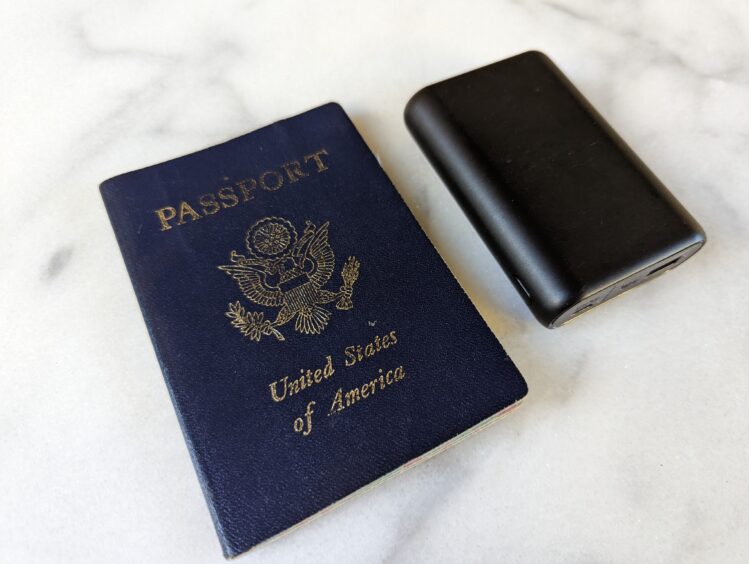
To run all these apps, it’s helpful to have an extra power source when navigating in a car using Google Maps, sightseeing, or traveling for many hours on a plane or train. An Anker Power Core 10,000 is usually adequate daily use, but there are different sizes for different power needs. The more power the device provides, the larger and heavier it is.
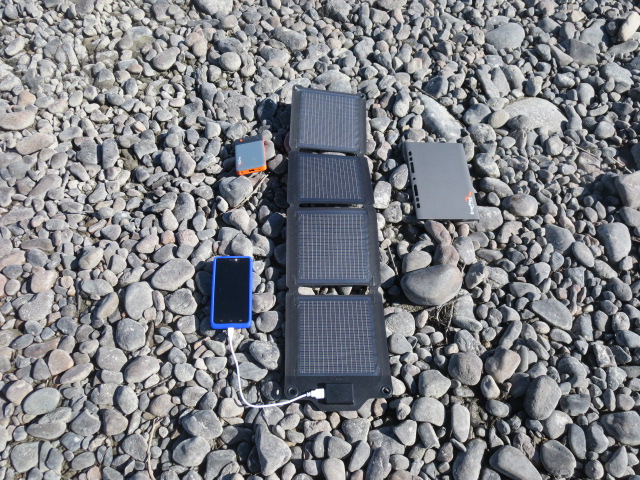
There may be some instances when a solar charger can be useful, though many find that power banks are more versatile. In wilderness settings with plentiful sunshine, a solar charger can be effective. Having a large enough solar panel and thorough testing with devices to be powered is strongly recommended before a trip. Goal Zero, Anker and Suntactics are reliable brands. It’s helpful to charge to a battery rather than directly to an electronic device and to have several hours of stationary exposure to the sun.
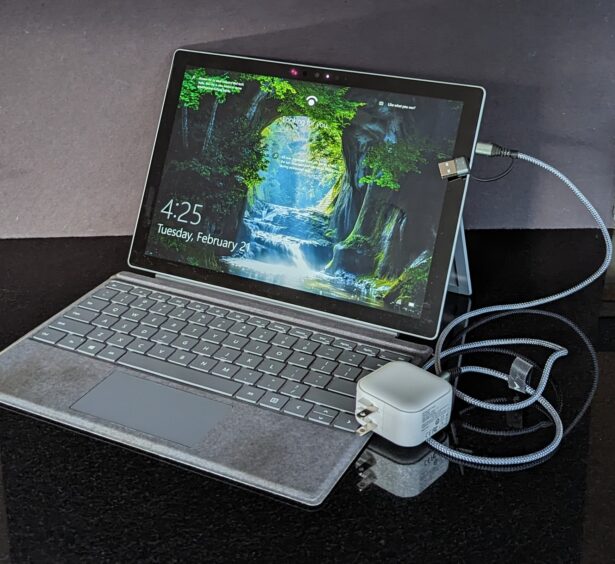
Once you get set up with the plugs and power you need for travel, leave them in a pouch so you can grab them when you’re packing. You’re all set for your next trip.
Disclaimer: As an Amazon Associate, I earn from qualifying purchases.